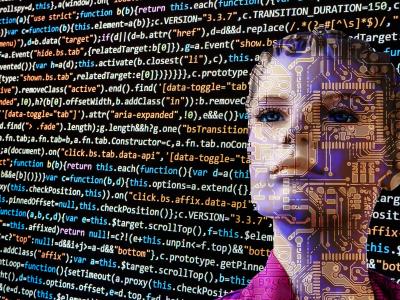
This dataset contains simulated records for 3,000 students, generated for the purpose of evaluating fairness in predicted grading models. The dataset includes decile rankings based on historical performance, predicted grades, and demographic attributes such as socioeconomic status, school type, gender, and ethnicity. The data was created using controlled randomization techniques and includes noise to reflect real-world prediction uncertainty. While entirely synthetic, the dataset is designed to mimic key structural patterns relevant to algorithmic fairness and educational inequality.
- Categories:
